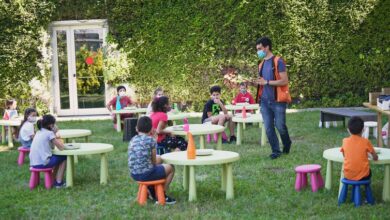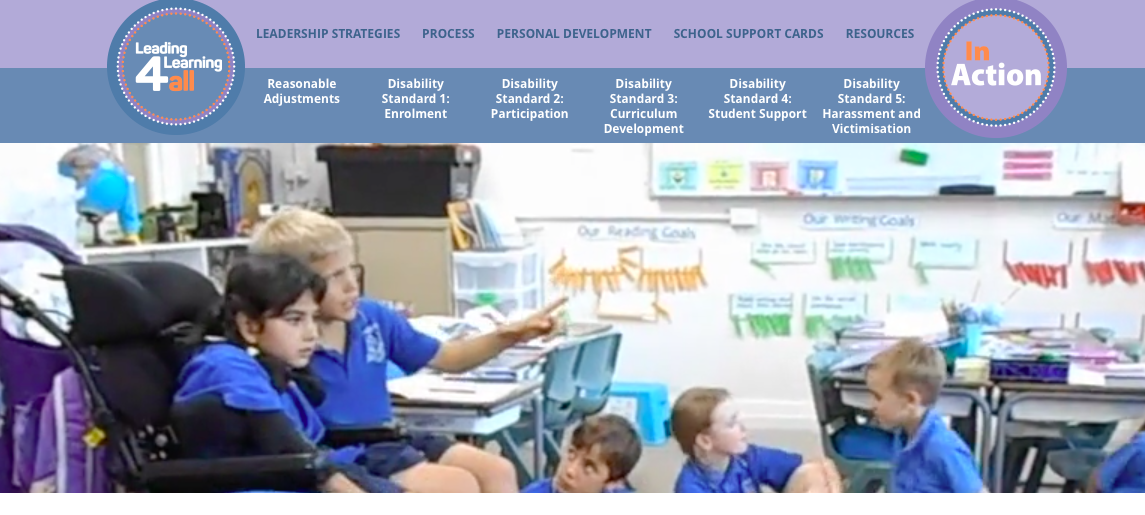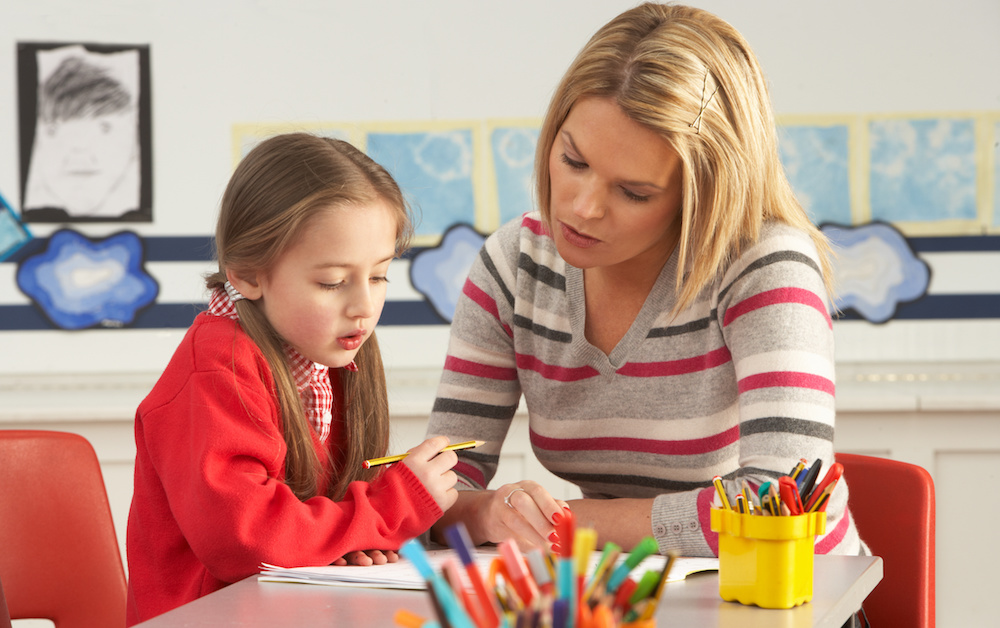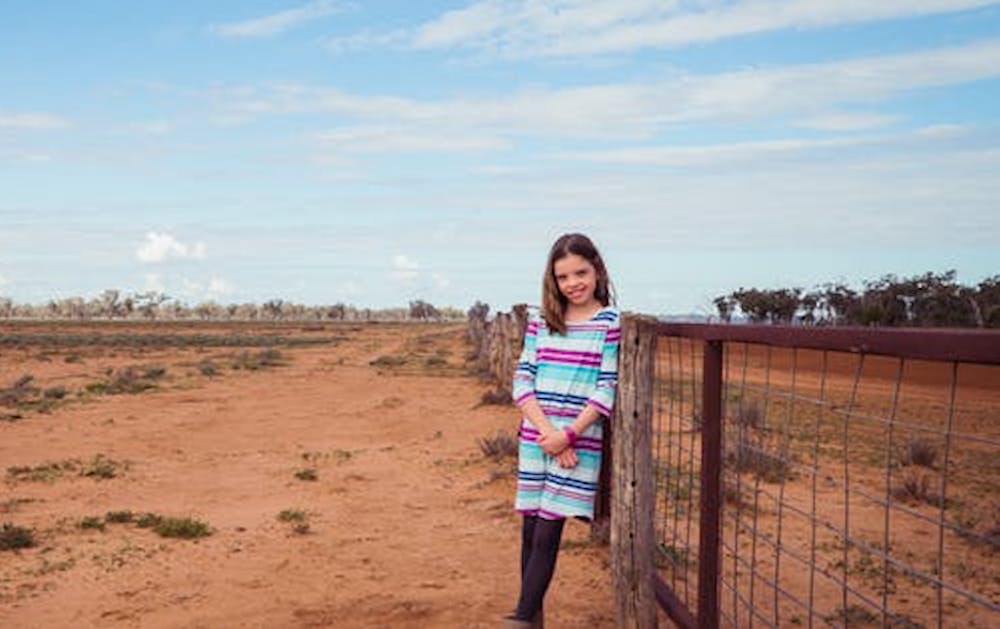Catholic schools’ ‘Safe Schools alternative’ not so alternative
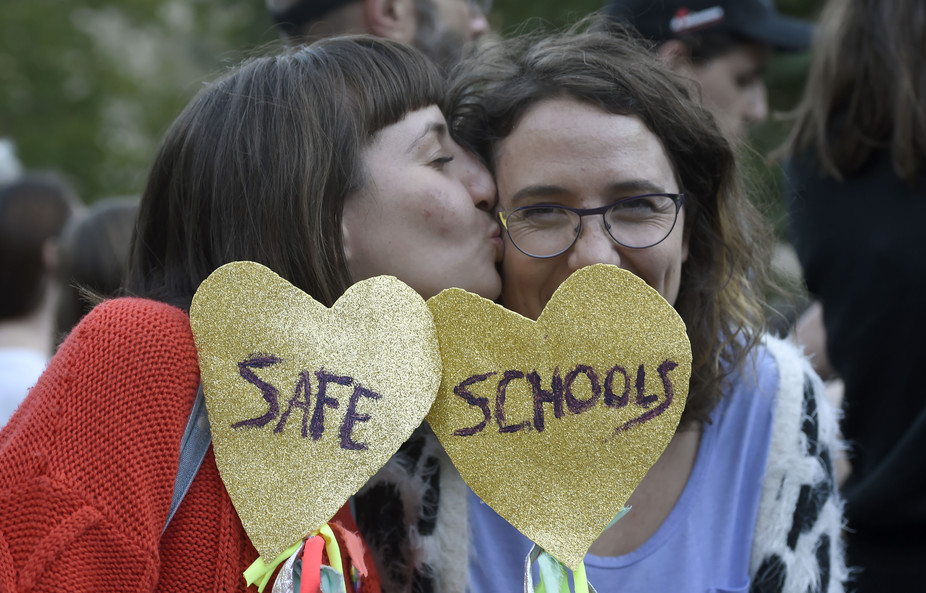
A Catholic school network’s launch of an “alternative” to Safe Schools Coalition – an anti-bullying program – is based on the same research and approaches.
This alternative program bears remarkable similarities in both its research base and the conclusions it draws for best practice. This demonstrates that when the research is taken into account, the Safe Schools approach perhaps wasn’t part of a “Marxist agenda” after all.
The materials available draw on the same statistics about the prevalence of sexual and gender diversity among young people as Safe Schools.
These are the same stats that proved so controversial and were contested as “misleading” when used by Safe Schools Victoria.
Established by Edmund Rice Education Australia (EREA), these materials have been developed as a response to EREA’s “Safe and inclusive learning communities” report.
EREA is providing resources and training for the Australian Catholic schools under their governance as part of an approach to provide:
safe and inclusive learning environments for all students, in particular for same-sex attracted and gender diverse young people.
But weren’t Catholic schools against Safe schools Coalition?
Safe Schools recently lost its federal funding after being labelled as “inappropriate” by critics.
Much of this criticism came from members of the Catholic Communitywho, along with the Australian Christian Lobby and particular media outlets, succeeded in framing the approach as “controversial” and “ideological”.
The program had also been accused of “promoting a radical view of gender and sexuality”, and foisting it on schools through “indoctrination”, “enforcement”, and “induction”.
The Victoria government was the only state to agree to keep funding the Safe Schools program. But in doing do, it decided to cut ties with its co-founder, Roz Ward – terminating the roles of Ward and the three other staff members – after a public backlash about Ward’s personal political views.
So why do Catholic schools now want to teach this?
This proposal is certainly promising.
EREA represent a progressive strain of Catholicism. Edmund Rice is cited in EREA material as inspiring Catholic schools “to give particular care to young people who might otherwise be excluded or rejected”.
EREA has a publicly available Safe and Inclusive Learning Communities Statement and a document offering resources for principals, school leaders and teachers. These outline an approach based on safety, wellbeing and positive affirmation, with an aim of students “feeling good” about their sexual and gender identity.
EREA directly tackles the possibility of its approach being received as controversial by teachers and parents by making some effort to frame its guidelines as an issue of awareness, education and safety.
What is being taught – and is it any different to Safe Schools?
Like Safe Schools, EREA recommends whole-school approaches that openly acknowledge the awareness of sexually and gender diverse members of the student community in both primary and secondary schools.
Affirmative approaches have long been best-practice, demanding cultural competence from teachers or practitioners and framing queer identity as equally valid and positive as heterosexual identity.
The resources also state that in primary schools:
It is also important for students who come from LGBTI families or who have LGBTI siblings to feel that their families and identities are a valued and visible part of the school community.
The document for teachers is careful to emphasise that sexual identity does not automatically equate with sexual practice. It says:
because a student is an LGBTI person does not automatically mean that they are or will be sexually active.
This is perhaps a response to charges of Safe Schools “sexualising” young people. But it also may well be an allusion to the standard Catholic practice of distinguishing between having desires and acting on them as a way to appease those for whom affirmation of queer “acts” may be too far.
The key difference from Safe Schools is that, as well as appealing to the wellbeing of young people, affirmation is framed as a Catholic virtue, with quotations from the Bible, Pope Francis and the Catholic Church as evidence.
The statement, for example, leads with the emphasis that:
Our sacred scripture reminds us (Genesis 1) that each and every person is made in the image and likeness of God.
In particular, both documents finish with a quotation from the Congregation for the Doctrine of the Faith, letter to the Bishops of the Catholic Church on the Pastoral Care of Homosexual Persons.
The research-based, whole-school nature of this proposal is promising. However, it remains to be seen how it plays out in practice, and whether an approach backed by a Catholic School Network will experience the same level of vitriol as Safe Schools.
While moves to manage sexual and gender affirmation in-house are commendable, research shows that “sexuality support” can be more effective and better contribute to queer young people’s health and wellbeing when provided by people who are themselves from sexual minorities.
It is widely noted that role models play an important part of LGBT people’s wellbeing. Therefore it is a shame that the queer role models championing these affirmative approaches have been pushed out of the picture.
![]() This article was written by Lucy Nicholas. First published on The Conversation.
This article was written by Lucy Nicholas. First published on The Conversation.

